The measurement of chili pepper heat has long been a subject of both scientific inquiry and culinary curiosity. For centuries, cultures around the world have embraced the fiery sensation of capsaicin, the active compound responsible for the burn in peppers. However, it wasn't until the early 20th century that a standardized method emerged to quantify this sensation. The Scoville Scale, developed by pharmacist Wilbur Scoville in 1912, remains the most widely recognized system for classifying pepper heat, despite modern advancements in chemical analysis.
Understanding capsaicin concentration is fundamental to grasping how heat levels are measured. Capsaicin and related compounds called capsaicinoids bind to pain receptors in the mouth and skin, triggering the familiar burning sensation. The Scoville Scale originally relied on human taste testers who would dilute pepper extracts until the heat became imperceptible. Today, high-performance liquid chromatography (HPLC) provides more precise measurements of capsaicinoid content, which can then be converted to Scoville Heat Units (SHU). This modern approach eliminates human subjectivity while maintaining compatibility with the traditional scale.
The range of heat levels across pepper varieties is astonishing. Bell peppers, containing no capsaicin, register at 0 SHU, while the mildest chili peppers begin around 100-500 SHU. Jalapeños typically fall between 2,500-8,000 SHU, representing what many consider a moderate heat level. The dramatic jump to habanero peppers (100,000-350,000 SHU) illustrates how exponential increases in capsaicin concentration translate to significantly more intense experiences. At the extreme end, cultivars like the Carolina Reaper have been measured above 2,200,000 SHU, pushing the boundaries of human tolerance.
Environmental factors play a crucial role in determining a pepper's final heat level. Climate, soil composition, and growing conditions can cause significant variation even within the same cultivar. Generally, peppers grown under stress conditions—such as drought or nutrient deficiency—produce higher capsaicin concentrations as a defense mechanism. The position of the pepper on the plant also matters, with fruits exposed to more sunlight typically developing greater heat. This variability explains why two peppers from the same plant might register different Scoville ratings.
The relationship between capsaicin concentration and perceived heat isn't perfectly linear. Human physiology complicates the matter, as individual sensitivity to capsaicin varies widely based on genetic factors and regular exposure. Frequent chili consumers often develop tolerance, requiring higher concentrations to achieve the same sensation. Additionally, the presence of other compounds in peppers can modulate the burning effect. Sugars and oils in some varieties may temporarily mitigate the heat, while certain alkaloids can create a delayed, lingering burn that standard measurements might not fully capture.
Industrial applications of standardized heat measurements extend far beyond culinary use. Pharmaceutical companies utilize precise capsaicin concentration data when formulating topical pain relievers. Law enforcement agencies reference Scoville ratings for pepper spray formulations, which typically range between 500,000-5,300,000 SHU. Even the automotive industry has found uses for capsaicinoids, incorporating them into biodegradable anti-rodent coatings for wiring. These diverse applications underscore the importance of accurate, reproducible heat measurement standards.
Recent developments in pepper breeding have pushed capsaicin concentrations to unprecedented levels. Horticulturists continuously compete to develop the world's hottest peppers through selective breeding and controlled growing conditions. However, some researchers question whether these extreme varieties serve any practical purpose beyond novelty. The human palate generally cannot distinguish subtle differences above 1,000,000 SHU, as the sensation becomes overwhelmingly painful rather than flavorful. This raises interesting questions about the future of heat quantification—will the industry need new measurement approaches for ultra-high capsaicin peppers?
The cultural significance of pepper heat measurement continues to evolve alongside scientific understanding. What began as a simple organoleptic test has transformed into a sophisticated chemical analysis with global implications. From guiding consumer choices to enabling precise industrial formulations, the quantification of capsaicin concentration remains a vibrant field bridging science, agriculture, and culture. As chili peppers gain popularity worldwide, the systems we use to measure and describe their heat will undoubtedly continue to develop in both precision and practical application.
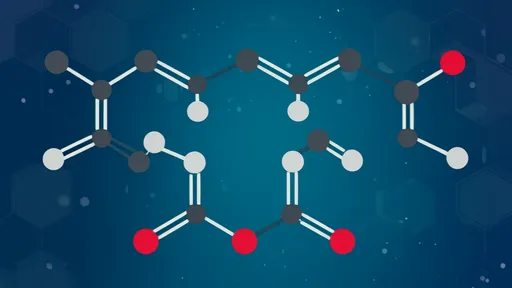
By /Jul 14, 2025
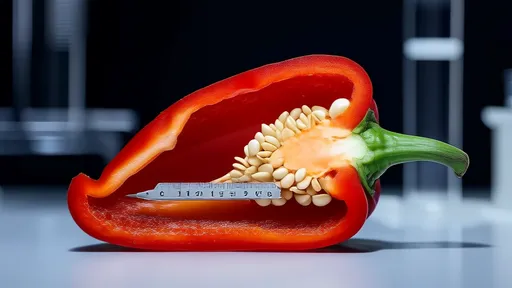
By /Jul 14, 2025
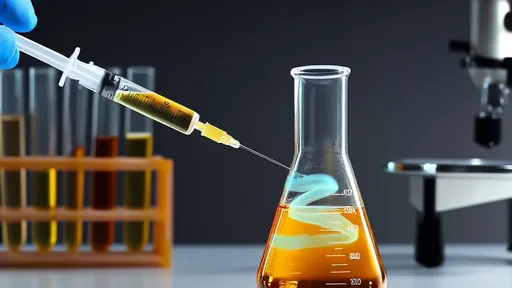
By /Jul 14, 2025
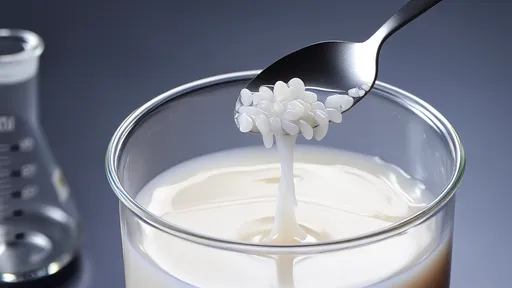
By /Jul 14, 2025
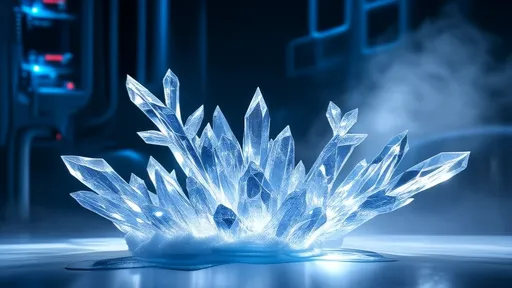
By /Jul 14, 2025
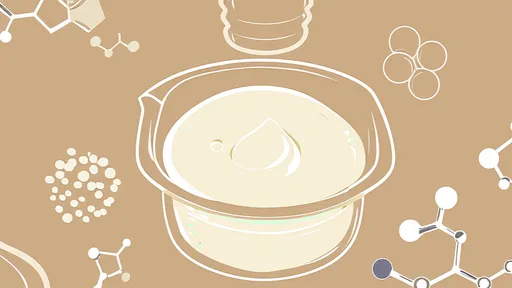
By /Jul 14, 2025
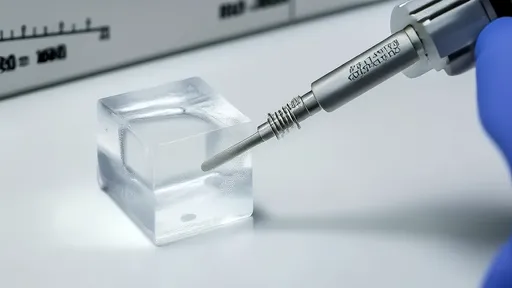
By /Jul 14, 2025
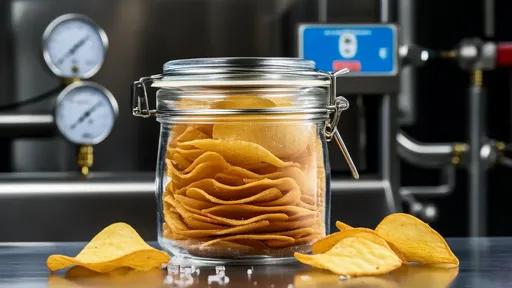
By /Jul 14, 2025
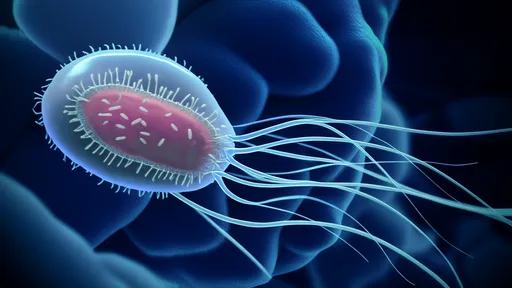
By /Jul 14, 2025
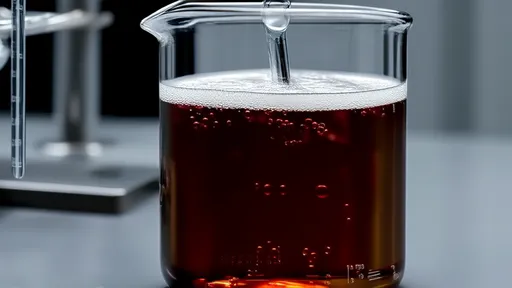
By /Jul 14, 2025
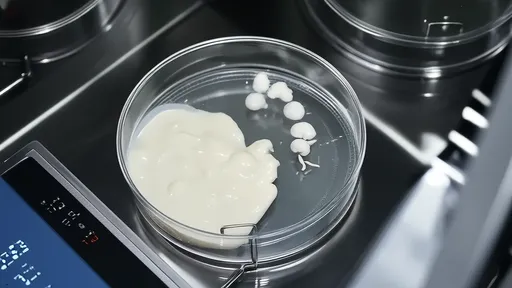
By /Jul 14, 2025
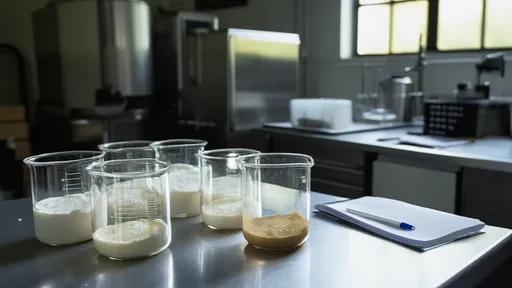
By /Jul 14, 2025
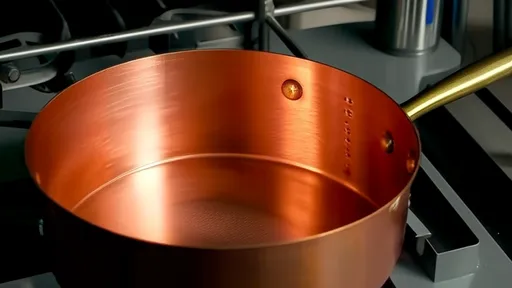
By /Jul 14, 2025
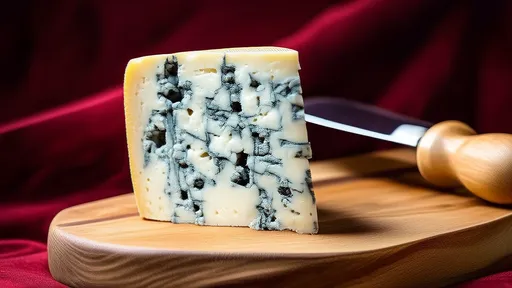
By /Jul 14, 2025
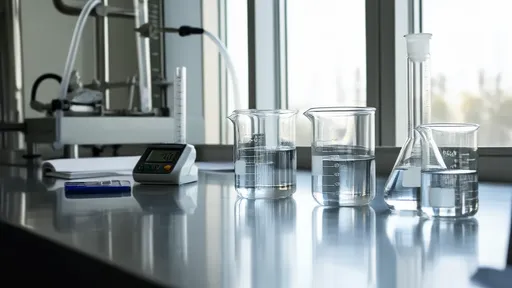
By /Jul 14, 2025

By /Jul 14, 2025
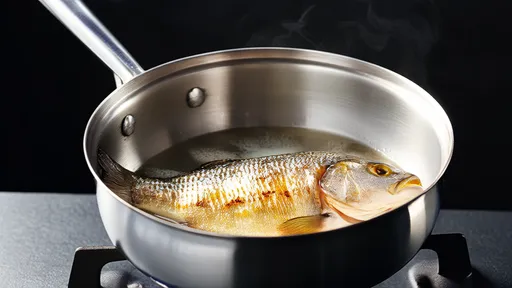
By /Jul 14, 2025
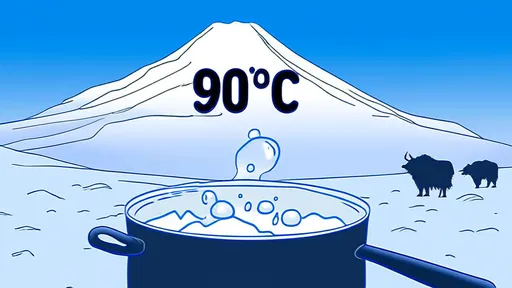
By /Jul 14, 2025